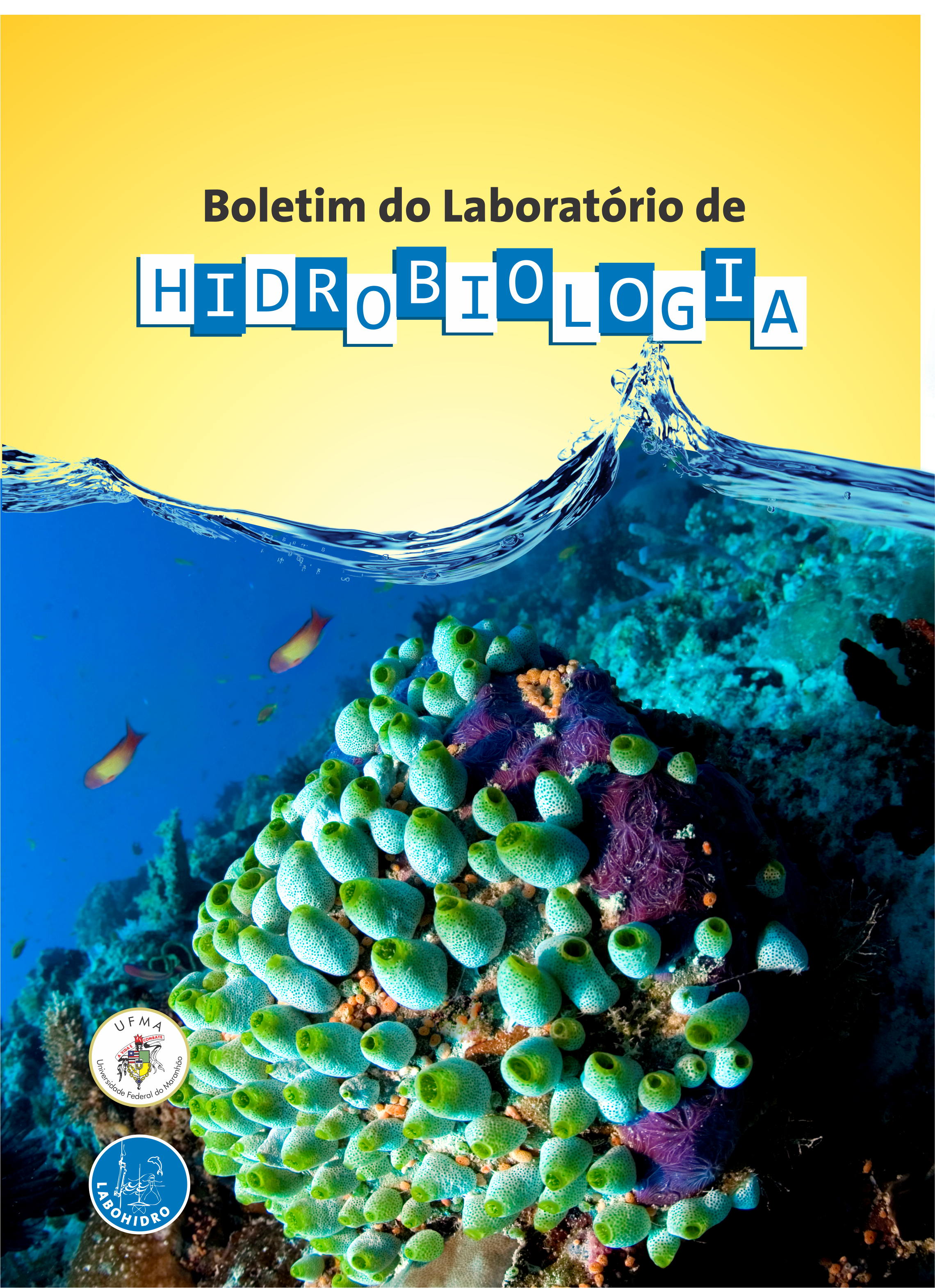PROCELLARIIFORMS OF MARANHÃO: FIELD DATA ON SPECIES OCCURRENCE AND PHENOLOGY IN A NORTHERN BRAZILIAN COAST
DOI:
https://doi.org/10.18764/1981-6421e2022.8Palavras-chave:
Geographic Distribution, Migration, Pelagic seabirds, PhenologyResumo
Procellariforms are pelagic seabirds found worldwide. They are more abundant in cold waters, but several species are found in tropical oceans. They are not expected to be abundant in Northern Brazil, but even this being true, a number of birds should be found in the region. So, the few number of reports suggest that the region has been strongly undersampled. Between 2008 and 2016, I have performed 20 land-based and 10 fishing boat daily surveys in Central Maranhão coast, in several sites between Maiaú Island and Caburé beach. I have included also some previous occasional records, and compared all these data with the few available reports from the literature. Indeed, procellariform numbers were not high; however, I found around 120 birds from nine species. Among them, birds from the Calonectris diomedea group (either C. borealis, C. edwardsii, or both) seemed to be regular in the region as a small wintering population in December and January. Oceanites oceanicus could be regular in small numbers as a post-breeding migrant in April. And Ardenna gravis has been reported several times, but up to now data are insufficient to show any well defined phenological pattern.
Downloads
Referências
AZEVEDO, A.C.G., FEITOSA, F.A.N. & KOENING, M.L. (2008). Distribuição espacial e temporal de biomassa fitoplanctônica e variáveis ambientais no Golfão Maranhense, Brasil. Acta botanica brasileira 22(3): 870-877.
CAMPIONI, l., DIAS, M.P., GRANADEIRO, J.P. & CATRY, P. (2019). An ontogenetic perspective on migratory strategy of a long-lived pelagic seabird: Timings and destinations change progressively during maturation. Journal of Animal Ecology, 89, 29–43.
CARVALHO, D.L., SOUZA, M.A., SOUZA, E.A., BRITO, A.C. & SOUSA, A.E.B.A. (2010). Primeiro Registro do albatroz-de-nariz-amarelo Thalassarche chlororhynchos (Procellariiformes: Diomedeidae) no estado do Maranhão, Brasil. Revista Brasileira de Ornitologia 18(3):258-260.
del HOYO, J. & COLLAR N.J. (2014). HBW and BirdLife International Illustrated Checklist of the Birds of the World. Volume 1: Non-passerines. Barcelona: Lynx Edicions, 903 pp.
DIAS, M.P., GRANADEIRO, J.P., PHILLIPS, R.A., ALONSO, H. & CATRY, P. (2011). Do Breaking the routine: individual Cory’s shearwaters shift winter destinations between hemispheres and across ocean basins. Proceedings of the Royal Society 278: 1786-1793.
ESTANDÍA, A., CHESSER, R.T., JAMES, H.F., LEVY, M.A., FERRER-OBIOL, J., BRETAGNOLLE, V., GONZÁLEZ-SOLÍS, J. & WELCH, A.J. (2022). Substitution Rate Variation in a Robust Procellariiform Seabird Phylogeny is not Solely Explained by Body Mass, Flight Efficiency, Population Size or Life History Traits. https://www.biorxiv.org/content/10.1101/2021.07.27.453752v1
FLOOD, R.L. & GUTIÉRREZ, R. (2021). Field separation of Cory´s Calonectris borealis and Scopoli’s C. diomedea shearwaters by underwing pattern. Marine Ornithology 49: 311-320.
GONZÁLEZ-SOLÍS, J., CROXALL, J.P., ORO, D.AND RUIZ, X. (2007). Trans-equatorial migration and mixing in the wintering areas of a pelagic seabird. Frontiers in Ecology and the Environment 5(6):297-301.
ISAAC, V.J. & FERRARI,S.F. (2017). Assessment and management of the North Brazil Shelf Large Marine Ecosystem. Environmental Development 22:97-110.
LOCKLEY, R.M. (2017). "Procellariiform". Encyclopedia Britannica, 7 Dec. 2017, https://www.britannica.com/animal/procellariiform. Accessed 19 September 2023.
McDUIE, F.C.& CONGDON, B. (2016). Trans-equatorial migration and non-breeding habitat of tropical shearwaters: implications for modelling pelagic Important Bird Areas. Marine Ecology Progress Series 550: 219–234.
OLMOS, F. (2002). Non-breeding seabirds in Brazil: a review of band recoveries. Ararajuba 10(1): 31-42.
PARDAL, E.C., PEREIRA, L.C.C., GUIMARÃES, D.O., OLIVEIRA,S.M.O., TRINDADE,W.N.& da COSTA, R.M. (2011). Influence of oceanographic conditions on the spatial and temporal distribution of chlorophyll-a in the coastal waters of the Brazilian Amazon region (São Luís-MA). Journal of Coastal Research, SI 64 (Proceedings of the 11th International Coastal Symposium), 643-646.
PORTER, R., NEWELL, D., MARR, T. & JOLLIFFE, R. (1997). Identification of Cape Verde Shearwater. Birding World 10:222-228.
RAMOS, R., SANZ, V., MILITÃO, T., BRIED, J., NEVES, V.C., BISCOITO, M., PHILLIPS, R.A., ZINO, F. & GONZÁLEZ-SOLÍS, J. (2015). Leapfrog migration and habitat preferences of a small oceanic seabird, Bulwer’s Petrel (Bulweria bulwerii). Journal of Biogeography 42(9):1651-1664.
RAYNER, M., HAUBER, M., STEEVES, T. et al. (2011). Contemporary and historical separation of transequatorial migration between genetically distinct seabird populations. Nat Commun 2, 332.
SHIRIHAI, H., BRETAGNOLLE, V. & ZINO, F. (2010). Identification of Fea´s, Desertas and Zino’s Petrels at sea. Birding World 23:239-275.
SIGMAN, D.M. & HAIN, M.P. (2012) The Biological Productivity of the Ocean. Nature Education Knowledge 3(10):21.
TAYLOR, R.S., BOLTON, M., BEARD, A., BIRT, T., DEANE-COE, P., RAINE, A.F., GONZÁLEZ-SOLÍS, J., LOUGHEED, S.C. & FRIESEN, V.L. (2019). Cryptic species and independent origins of allochronic populations within a seabird species complex (Hydrobates spp.). Molecular phylogenetics and evolution. 139: 106552
http://oceancolor.gsfc.nasa.gov
https://pt.wikipedia.org/wiki/Litoral_do_Brasil
www.gbif.org (accessed in Oct 4th 2023)
www.wikiaves.com (accessed in Oct 4th 2023)
Downloads
Publicado
Como Citar
Edição
Seção
Licença
Copyright (c) 2023 Boletim do Laboratório de Hidrobiologia

Este trabalho está licenciado sob uma licença Creative Commons Attribution 4.0 International License.





